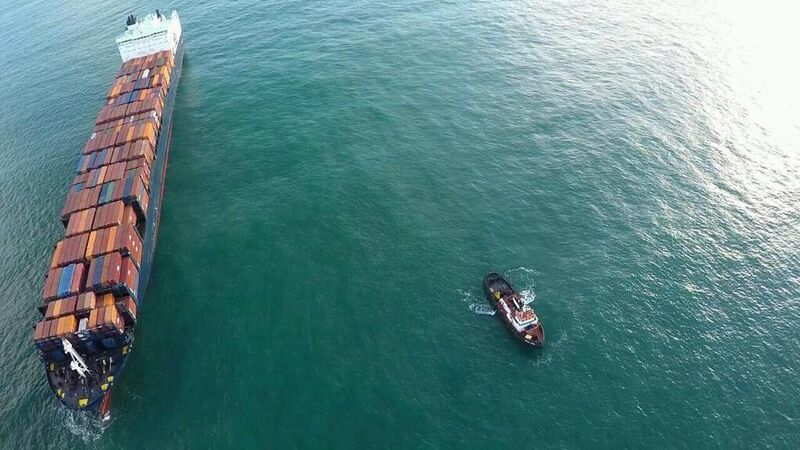Irish Examiner view: More than just a drop in the ocean

Human activity is at the rising sea temperatures, and when you combine shipping, industrial fishing, deep sea mining and the race to exploit the sea’s genetic resources. Picture: Courtesy of Sean Harrington, Atlantic Towage and Marine
It was dubbed the ‘most important talks no one heard of’, but late on Saturday night in New York, and after 20 years of wrangling, UN member states finally agreed a treaty aimed at protecting international waters.
With the clunky name of The Intergovernmental Conference on Biodiversity Beyond Natural Jurisdiction, the treaty effectively binds 200 countries to a ‘treaty of the high seas’ which will provide the legal tools to establish and manage marine protected areas in order to protect the world’s oceans which, of course, cover more than half the Earth’s surface.
Essentially, these waters have long been lawless, but the agreement at the weekend will not only provide international protections to the habitants of our seas, but the treaty also covers environmental assessments to evaluate the damage caused by commercial activities such as deep sea mining.
Although two decades in the making, not to mention the agreeing, this is a long overdue but nevertheless welcome agreement on the management of waters which contain vast amounts of species and ecosystems, support global fishing industries relied upon by billions of people, and act as a crucial buffer against climate change.
Like everything else on the planet, however, our oceans are highly vulnerable.
Despite having absorbed 90% of the world’s excess heat in recent decades, water temperatures are rising alarmingly and increasingly acidic waters are a threat to all marine life.
Human activity is at the heart of this, and when you combine shipping, industrial fishing, deep sea mining and the race to exploit the sea’s genetic resources (material from marine plants and animals for use in such as the pharmaceutical industry) the failure by many countries to play fair has led to deeply worrying damage being done.
Up to now, only a meagre 1.2% of international waters have been officially protected and just 0.8% are identified as ‘highly protected’.
That level of official security has been long been shown to be totally inadequate, but experts say the ratification of this treaty will help achieve a goal of protecting 30% of the global oceans by 2030.
However, it is very welcome that so many countries have sought compromise, put aside differences and delivered a treaty that will protect international waters, build resilience to climate change and potentially safeguard billions of lives and livelihoods.
CONNECT WITH US TODAY
Be the first to know the latest news and updates












